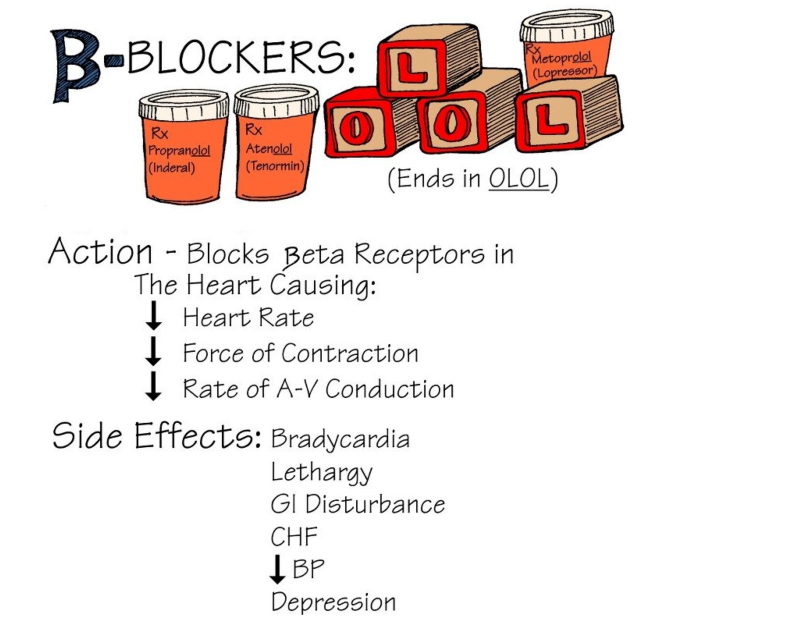By Mitchell Tucci
Phenytoin is a an anticonvulsant used for both treatment for and prophylaxis of seizures. There are multiple dosage forms including a chewable immediately release (IR) tablet and an extended release (ER) capsule. These formulations are not equivalent and have different half lives; 22 hours for the ER and 14 hours for the IR. Time to peak concentration is also different between the two formulations with levels reaching their max in 4-12 hours for the ER and 1.5-3 hours for the IR formulation. In addition, the two formulations do not have the same dose conversion; the ratio of dose of phenytoin is 0.92:1 for the phenytoin salt (ER): phenytoin tablet (IR).
Phenytoin is also unique due to a very high protein binding up to 92%. Because of this property, a corrected phenytoin level is calculated to account for changes in blood protein (albumin). The equation for this is as follows:

In patients with end stage renal disease (ESRD), phenytoin binding to albumin is impaired. We adjust the equation to:

Because of phenytoin‘s long half life, fluctuations in serum levels with long term administration are very minimal. Levels should be drawn in cases of suspected toxicity or non-compliance and can be drawn regardless of the dosing time. If monitoring levels after a dose adjustment, a trough should be taken right before the next dose. The appropriate levels for a corrected phenytoin should be between 10-20 mg/L.
References:
- Product Information: Dilantin(R) oral extended-release capsules, phenytoin sodium oral extended-release capsules. Pfizer, Inc. (per DailyMed), New York, NY, 2015
- Product Information: DILANTIN(R) INFATABS(R) oral chewable tablets, phenytoin oral chewable tablets. Parke-Davis (per DailyMed), New York, NY, 2011.
- http://journals.sagepub.com/doi/pdf/10.1177/201010581302200307




